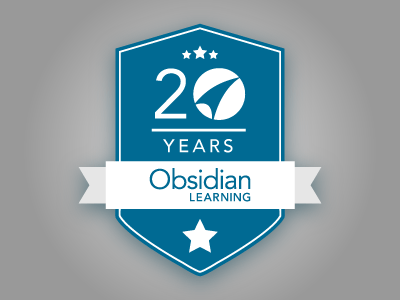In 1896, in his first paper, the economist Vilfredo Pareto demonstrated that approximately 80% of the land in Italy was owned by about 20% of the population. Thought many of us might have suspected that life is not “fair”, this idea quantified that principle. Things are not distributed evenly, every employee does not contribute the same amount, and every feature is not equally loved by users. These observations were generalized by Joseph Juran into what we call today the Pareto Principle or the 80:20 rule: “80% of the results originate from 20% of the effort.”

The reality is that the numbers in this principle – 80 and 20 – are not necessarily the same in all cases. They could be 70/30 or even 90/10. In other words, concrete numbers are not the most important element to consider, but rather the notion that efforts are not in balance: a smaller percentage of the effort produces very good results and the remainder produces poorer results.
The 80:20 principle applies in many life situations. In the business world:
- 80% of a company’s profits are related to 20% of its customers;
- 80% of a company’s sales are generated by 20% of its products;
- 80% of a company’s sales are made by 20% of sales staff;
- 80% of sales are made to 20% of customers;
- 20% of employees earn 80% of the income;
- 80% of the complaints registered by a company are made by 20% of its customers.
In the field of computer science, the Pareto Principle can facilitate optimization efforts. For example, Microsoft has noticed that by focusing on 20% of bugs, those more commonly reported by users, 80% of system crashes can be eliminated.
In the field of health and safety one can use the Pareto Principle to prioritize risks. Assuming that 20% of the risks can lead to 80% of accidents and injuries, one can focus on eliminating those risks.
Applying Pareto to Learning
So, how can you apply this to learning? Ask any teacher and they will tell you that they dedicate 80% of their time to 20% of the students. But there is more to this than just the time spent. When designing adult learning programs, keep in mind three main Pareto rules:
- Find the most important 20% of the content and focus on teaching it; the other 80% is fluff no matter what the subject matter experts say.
- From this content, ensure that only 20% is theoretical knowledge, and 80% is applied, job-based knowledge. Don’t do this and you will have a bunch of bored adults retaining even less than what the forgetting curve allows them to.
- Design as close as possible to 80% asynchronous and 20% synchronous learning.
Let’s see how I would work this concept to teach English to a foreign student. There are more than 250,000 words in the vocabulary of the basic English language, but in order to read and understand a newspaper it takes only about 5,000 words; for basic conversation, even fewer.
Some words are more useful than others, and the most common are, as a rule, the most useful. Though they represent only a small percentage of English, profound knowledge and practical use of these terms produces the greatest increase in fluency of conversation.
Studying all 250,000 words equally would take a very long time. Learning words which are rarely used offers the least benefit. So, I will, instead create lessons to cover about 3,000 – 5,000 words.
Do I need to teach the foreign student how the English language evolved, the source of the words, the different dialects? Although interesting, these topics are not necessary. Hence, focus on the goal – learn to read and converse in English and leave the history and the “nice to knows” for later.
Setting those topics aside, I could teach the words and phrases solely though a book with worksheets and lots of memorization. Do you think this strategy would be useful? Not so much. I’ll structure the lesson with about 10 minutes of vocabulary, spelling, examples, and the other 50 minutes focused on real life conversation. I will apply the vocabulary, not just memorize the words.
Do the lessons have to be face to face? Not really, but the application must be synchronous. Duolingo has some great approaches to language learning. At Obsidian, we focus more on applying the Pareto Principles to technical concepts.
In learning, as with our language example, you should focus on the 20% that helps most, and reduce the 80% that helps least.







